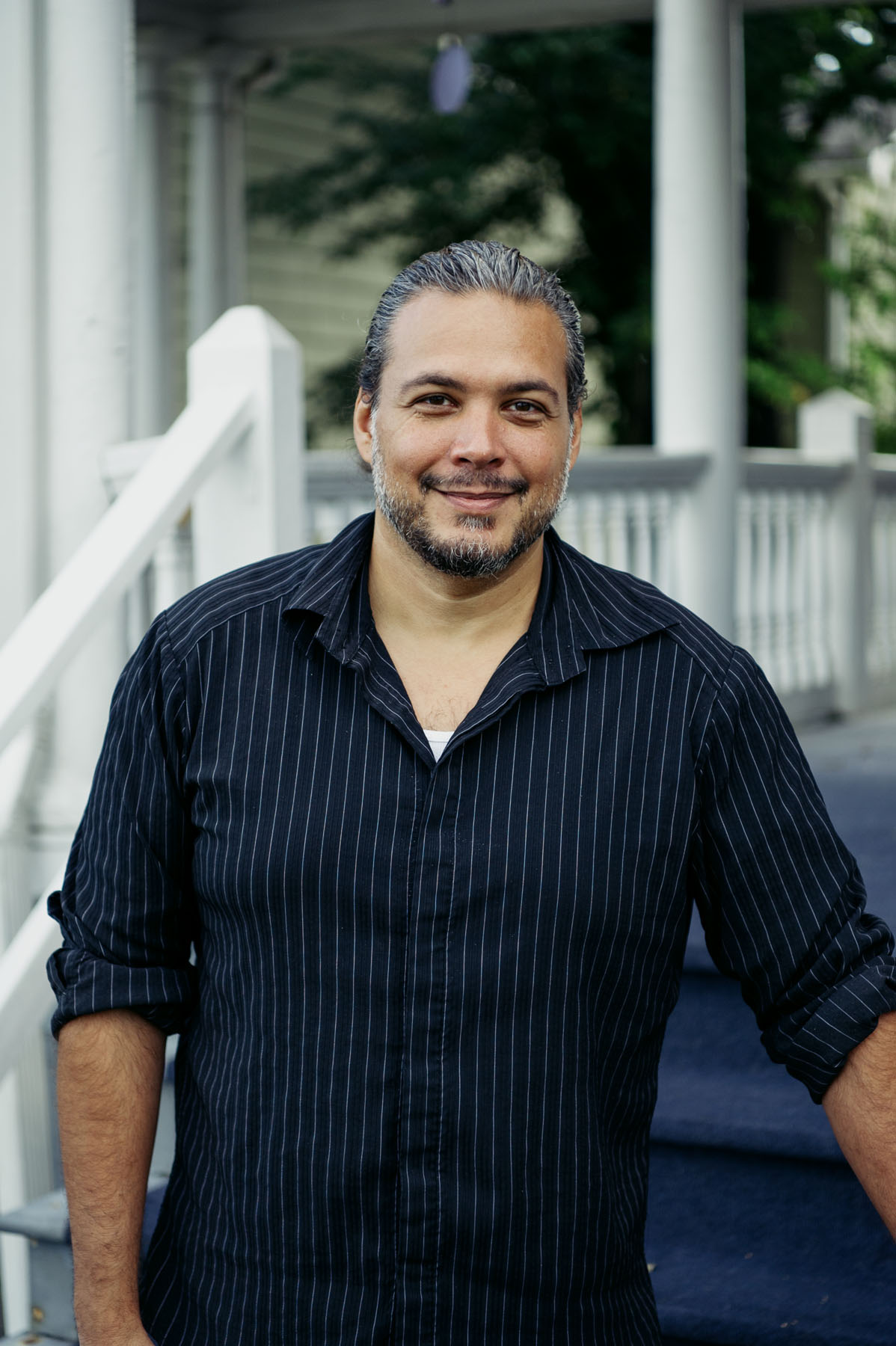By Jason Marchitto, LPC, LCADC, ACS.
We have all heard about Obsessive Compulsive Disorder, OCD. We have seen it portrayed in movies like “As Good As it Gets” where we can see Jack Nicholson’s character gleefully dodging cracks in the sidewalk. We have seen it portrayed in shows like Monk where he uses the “power” of his OCD to solve the unsolvable crimes. We have even been treated to ChloeCD where Chloe Kardashian just isn’t happy if her extravagant collection of shoes doesn’t match in her closet.
Unfortunately, however, these shows don’t remotely portray OCD correctly and carry forth the continuing misunderstanding, misdiagnosis, and mistreatment of one of the world’s top ten most disabling disorders according to the world health organization (WHO).
To take it a step further, no one is “a little OCD” because they like their pants ironed a certain way and while it is also true that many people have obsessions and compulsions, the nature of truly having OCD lies in the D, as in Disorder.
We may have all double checked a door lock or stove at one time and while images of excessive hand washing and cleanliness come to mind when someone brings up the topic of what OCD looks like, it is actually much more nuanced and complicated for the sufferer.
OCD will present in the form of various themes, largely dependent on the individual. We all have scary, gross or even inappropriate thoughts sometimes. For the non-OCD client, the response is usually, ” That was weird” and they move on.
For the OCD client, he or she may have these same thoughts but they become sticky and repetitive (the O or obsessions) about harm to self or others, contaminations, scary or taboo sexual thoughts and images, their sexual identity, their morality, their existence, their relationships, their sanity, their value, the list is literally endless because again, OCD lives in the disorder, or in other words, how a person responds to these types of thoughts and images.
These thoughts are even more troublesome because they are ego dystonic, meaning they go against the very core values and beliefs of the person having them. The obsessions never represent an intention or desire, rather they represent a level of doubt that is difficult for non-OCD clients to understand.
The thoughts and images target who and what the person loves and values most in their life, changing its theme to fit the narrative. The thoughts punish them until they question their own values and intentions. This causes immense anxiety, so much so that the person then turns to the C- compulsions to alleviate it.
Compulsions are any act that is physical and/or mental (yes compulsions can take place in one’s mind) to offer relief, reassurance or otherwise extinguish the anxiety caused by the obsessions. What does this look like? A person may compulsively avoid people they love out of fear that they could somehow hurt them, they may avoid religious services out of fear of blurting out a blasphemous statement, they may avoid children, food, pets, places or they may engage in silent mental compulsions.
This can look like endless rumination, unsolvable problem solving, trying to answer unanswerable questions, repeating words, images, numbers or phrases until it feels “right”, mental review of the past, mental checking, again the list can go on and on.
While it is true OCD is chronic meaning, it is never completely eradicated, it can be successfully treated. People with OCD can go over 14 years with OCD being misdiagnosed, or treated with therapies that are not effective. For example, traditional talk therapy or broad CBT approaches can make OCD worse. I’ll say it again, traditional talk therapy alone can make OCD worse.
The gold standard for treatment of OCD, is with Exposure and Response Prevention or ERP. This targeted form of cognitive behavioral therapy teaches the person with OCD how to respond differently to the obsessive thoughts while also not engaging in compulsions to alleviate the anxiety and discomfort.
Yes, to treat OCD one must expose (E) themselves to their feared thought while learning to habituate to their discomfort and anxiety by preventing physical and mental responses (RP). This shows the brain that the obsessive thought no longer carries any importance and eventually the obsession becomes just another thought that no longer disrupts the person’s life. Acceptance and Commitment Therapy or ACT, also complements ERP by teaching a person how to respond to the thoughts while leaning into their value driven life.
While OCD may be misunderstood, with the right therapist that understands and knows how to effectively treat it, the sticky questions can go unanswered, and the disorder can no longer hold any power over your life.
